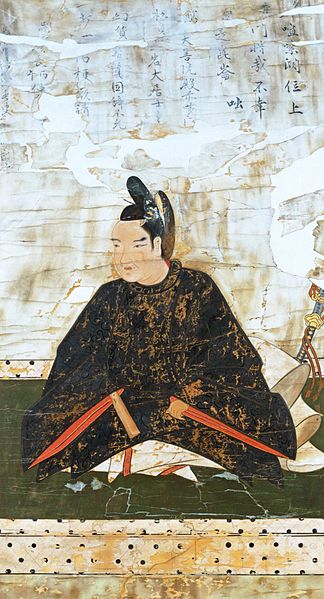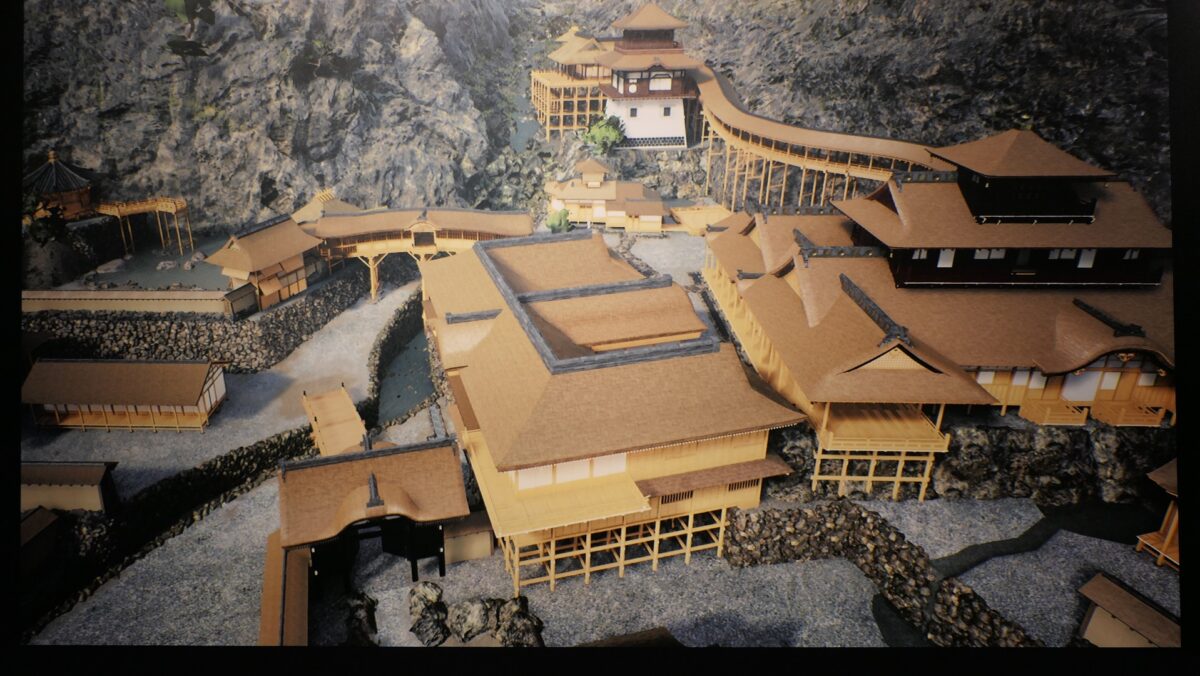Location and History
Castle protected by Mt. Kinkazan and Nagara-gawa River
If you go from Nagoya City to Gifu City, the prefectural capital of Gifu Pref. through the Nobi Plain, the first high mountain you will see is Mt. Kinkazan with the Main Tower on the top. This is Gifu Castle. It may have been very common for warriors to build their castle on such an outstanding spot. The Nagara-gawa River also flows on the north and west of the castle as a part of the natural terrain and served as a defense mechanism for the castle.
The location of the castle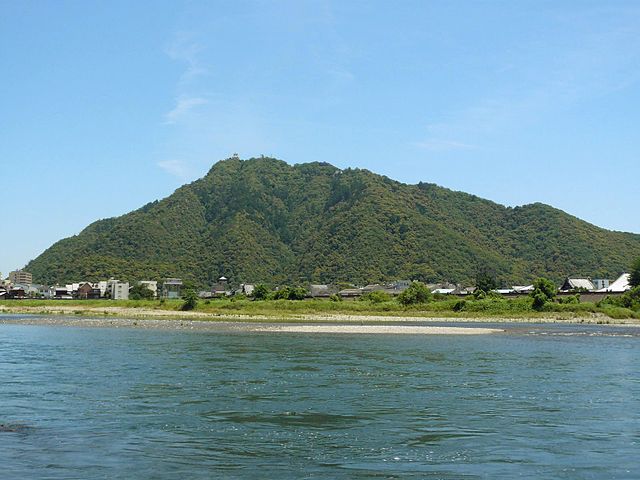
Nobunaga Oda declares Unify Nation by Force
It is said that the Nikaido Clan first built the castle in the 13th Century, but the details are uncertain. In the mid 16th Century, the Saito Clan improved the castle which until then, was called Inabayama Castle. In 1567, Nobunaga Oda took over the castle from the Saito Clan, and moved his home base from Komakiyama Castle to this castle. At the same time, he renamed the castle Gifu Castle, which comes from the hometown’s name of an ancient Chinese Dynasty, Shou. He also started using his seal of “Tenka-Fubu” or Unify the Nation by Force for his documents. This was seen as Nobunaga’s declaration of his intention for the unification of Japan.

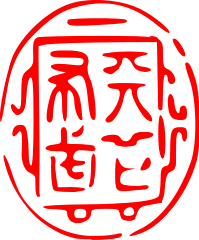
However, even according to the excavations, it is still not entirely sure what the top of the mountain looked like and if there was a Main Tower or not. Some gates and stone walls were built, but the natural terrain on the mountain was not modified so much. Some historians speculate this is because the mountain was originally a sanctuary spot where its rocky terrain itself could be the object of worship. There was actually an Inaba Shrine on the mountain before the Saito Clan improved the castle. Nobunaga lived on the top of the mountain with his family and relatives, and usually didn’t allow other people to climb on the mountain.
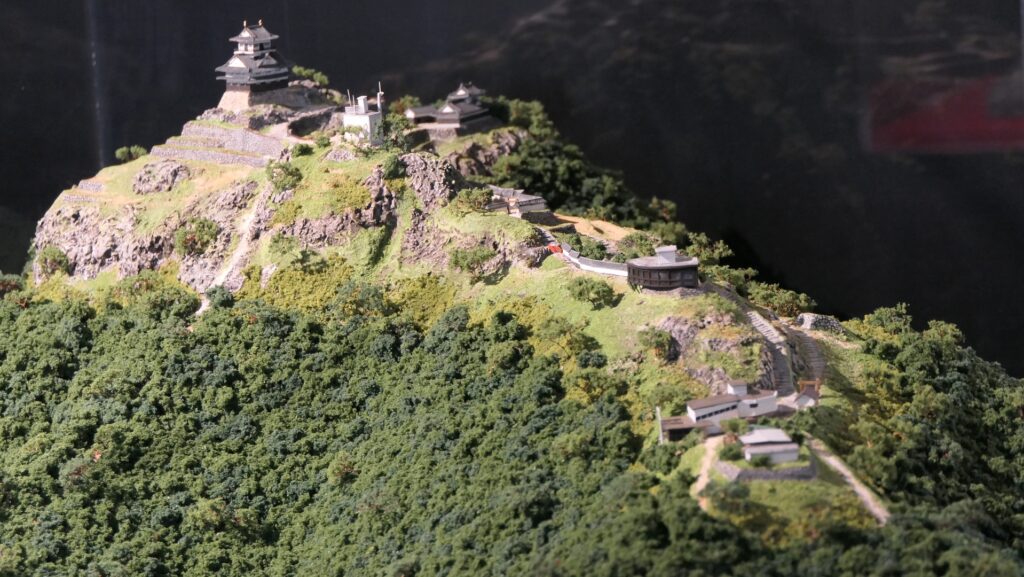
Featured Nobunaga’s Palace Residence
On the other hand, at the western foot of the mountain called Keyakitdani, Nobunaga’s residence, which was like a luxurious palace, was built. The residence had four stories covering the terraced terrain with golden foiled roof tiles. The foundation of the residence was built with stone walls, in particular, and its entrance was decorated by huge stone walls. The back of the residence had deluxe artificial gardens also with huge stones. The way of building the castle is said to have led to the next way for building the Azuchi Castle later.
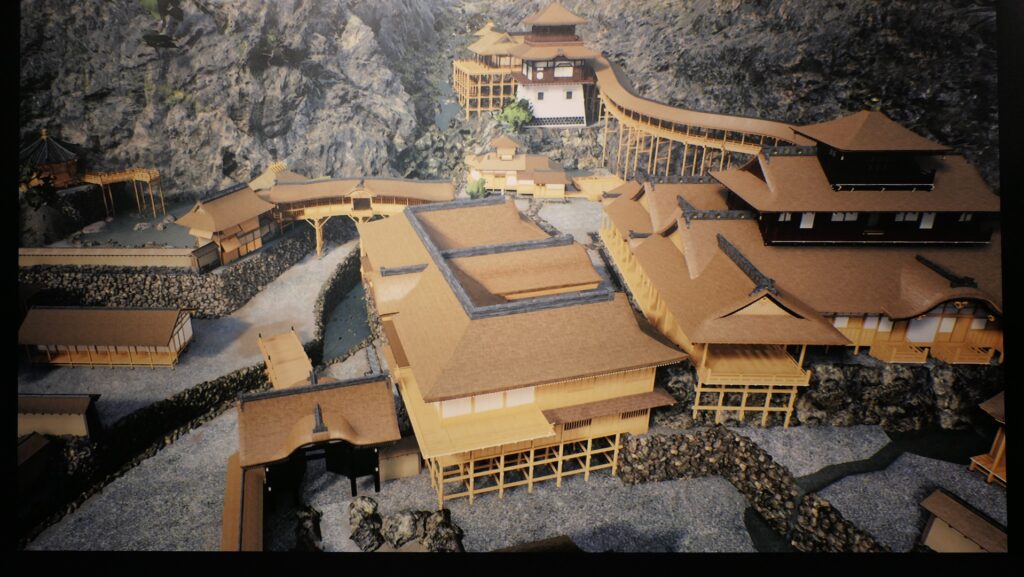
After Nobunaga died, his relatives continued to govern the castle. In 1600, when Hidenobu Oda, Nobunaga’s grandchild was the lord of the castle, the battle of Sekigahara happened. Hidenobu supported the Western Army led by Mitsunari Ishida, while the Eastern Army under the Tokugawa Shogunate attacked Gifu Castle. Hidenobu was defeated and it is said that the buildings Nobunaga built were burned down during the battle.
